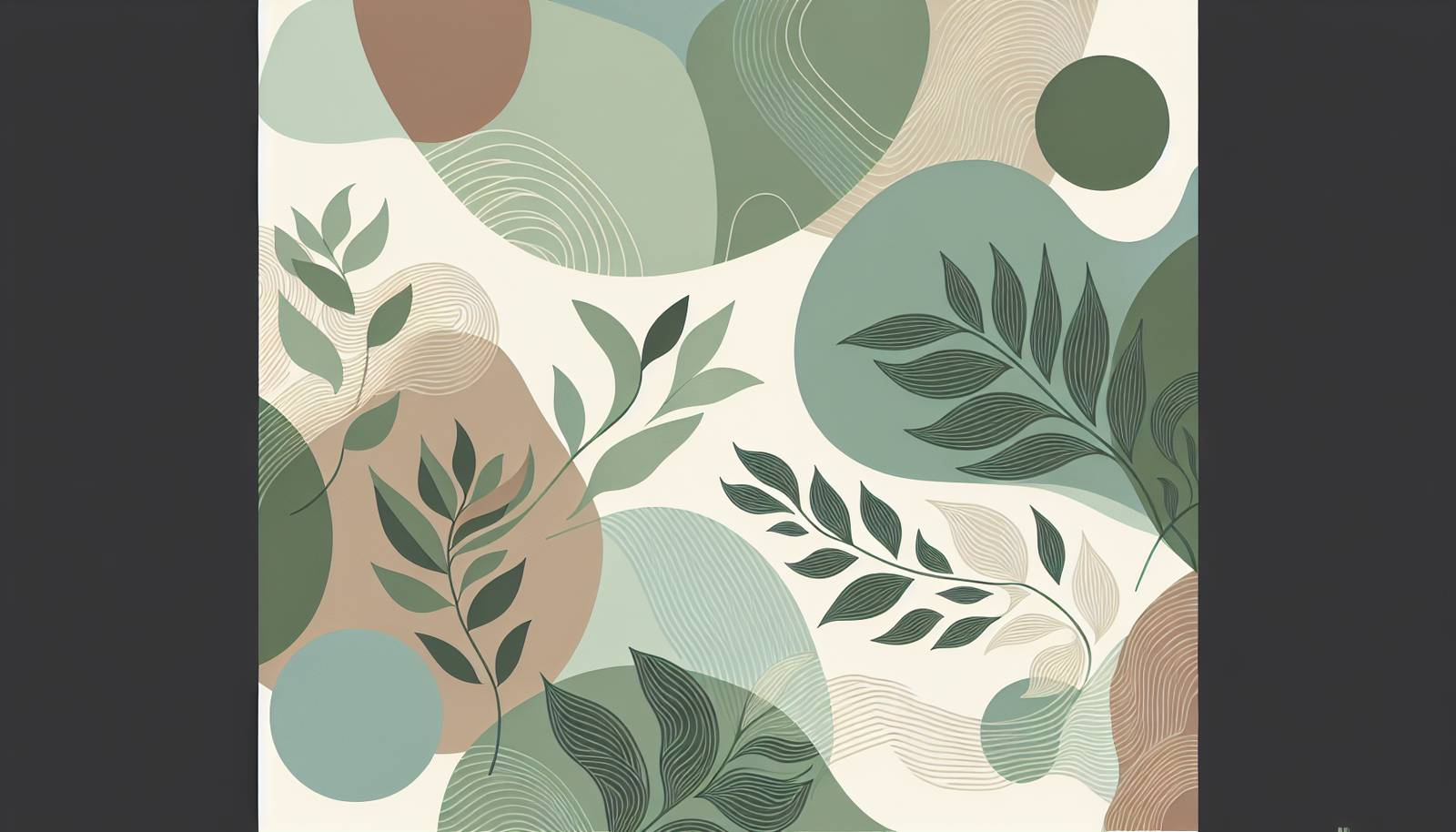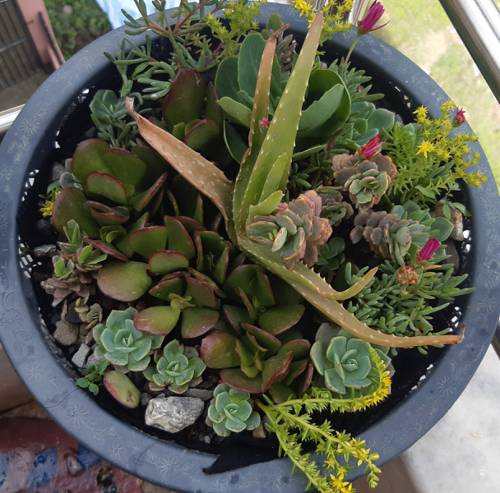
FAQ About Indoor Plant Antagonistic Pairings

What are indoor plant antagonistic pairings?
Indoor plant antagonistic pairings refer to combinations of houseplants that do not grow well together due to differing needs or negative interactions. These antagonistic relationships can stem from factors such as competition for resources, differing humidity requirements, or allelopathic effects, where one plant releases chemicals that inhibit the growth of another plant.

Why is it important to recognize antagonistic pairings in indoor plants?
Identifying antagonistic pairings is crucial for maintaining a healthy indoor plant environment. Incompatible plants may compete for light, water, and nutrients, which can lead to poor growth and health. Additionally, one plant might produce substances detrimental to another plant's wellbeing. Recognizing these pairs can help ensure all your houseplants thrive.

Can peace lilies and cacti be grown together indoors?
It is not recommended to grow peace lilies and cacti together. Peace lilies thrive in high humidity and indirect light, requiring consistently moist soil. On the other hand, cacti prefer direct sunlight and dry conditions. Their vastly different water and humidity needs make them antagonistic when placed together.

What happens if antagonistic indoor plants are placed together?
If antagonistic plants are placed together, it can lead to stunted growth, wilting, pest infestations, or even the death of one or both plants. One plant might outcompete the other for vital resources, or chemical interactions could hinder one plant’s development.

Are there any common antagonistic plant pairings to be aware of?
Yes, there are several common antagonistic pairings among indoor plants. Some examples include ferns and succulents, where ferns need moist, shaded conditions and succulents require dry, sunny environments. Similarly, orchids and herbs like basil should not be paired because of differing light and moisture needs.

Can spider plants and bonsai trees be planted together?
Spider plants and bonsai trees generally have compatible needs, but care should be taken with water and soil preferences. Bonsai often require more specific soil conditions and controlled water regimes, while spider plants are more forgiving and need less specialized care. Monitoring conditions closely is key to preventing antagonism.

How can I identify if my indoor plants are antagonistic pairings?
You can identify antagonistic plant pairings by observing any signs of distress such as yellowing leaves, stunted growth, or wilting despite appropriate care. Researching the specific care requirements and environmental needs of each plant you own can also reveal potential antagonisms.

Do all antagonistic plant interactions involve water and light conflicts?
While water and light conflicts are the most common, antagonistic interactions can also include issues like chemical emissions (allelopathy), differing soil pH preferences, and even pest attraction variations. Some plants might release substances from their roots that can inhibit or damage neighboring plants.

Is it often just trial and error to find compatible indoor plant groupings?
While some trial and error may occur, understanding the basic needs and compatibility of plants can dramatically improve success. By researching plant species beforehand and grouping those with similar needs, you can minimize potential antagonistic interactions and increase your plants’ health and growth.

Can succulents and ferns thrive when planted together indoors?
Succulents and ferns generally do not thrive together because they have very different requirements. Succulents need a lot of sunlight and prefer dry conditions, while ferns require more shade and humidity. Their opposing needs make them antagonistic if kept in the same environment.

What role does humidity play in indoor plant antagonistic pairings?
Humidity is a critical factor in plant health. Some plants, like tropical varieties, need high humidity, while others, like succulents, thrive in low-humidity environments. Pairing plants with opposing humidity needs can lead to one plant suffering from either too much or too little moisture.

How does soil type affect indoor plant pairings?
Soil type greatly affects plant health as it influences drainage, nutrient availability, and pH balance. Pairing plants that need different soil types can create antagonistic relationships, where one plant's soil preference may inhibit the growth of another. Understanding soil requirements helps in minimizing antagonisms.

Can the arrangement of indoor plants affect antagonistic pairings?
Yes, the arrangement can affect antagonistic interactions. Ensuring adequate spacing, light access, and proper airflow can mitigate some competition for resources. Proper arrangement helps in addressing the individual needs of each plant, reducing negative interactions.

Should I avoid mixing flowering plants with non-flowering ones indoors?
Whether to mix flowering with non-flowering plants depends more on their specific care needs rather than their flowering status. While flowering plants might sometimes require more light, which could clash with shade-loving non-flowering plants, the key is to match their growing conditions like light, humidity, and watering.

Can houseplants influence each other's growth through allelopathy indoors?
Yes, allelopathy can occur indoors where certain plants release chemical compounds that affect the growth of nearby plants. These substances can be released through roots, leaves, or even when the plant breaks down. Knowing which plants have these properties can help avoid pairings that inhibit growth.

How do temperature needs factor into antagonistic plant pairings?
Temperature needs are crucial for plant health. Some plants thrive in warmer conditions, while others prefer cooler environments. Placing plants with opposite temperature requirements together can result in one or both plants suffering from stress, leading to poor health and growth.

Can certain plant diseases spread more easily in antagonistic pair setups?
Yes, antagonistic conditions can stress plants, lowering their resistance to diseases and pests. Incompatible environments may foster the growth of particular pathogens or pests that one or both plants are vulnerable to, promoting the spread of illnesses.

Does the size of the planter affect antagonistic interactions between indoor plants?
The size of the planter is critical as it impacts root space and nutrient availability. A too-small planter can exacerbate antagonistic interactions as plants compete more fiercely for limited resources, whereas a larger planter can sometimes reduce competition by providing more space and resources.

What resources help in identifying potential antagonistic indoor plant pairings?
Various resources can help, including horticultural guides, plant care books, and online plant databases. Consulting these resources provides you with information on specific plant care needs, historical pairings to avoid, and expert advice on maintaining healthy indoor plants.

Is it possible to resolve antagonistic interactions between indoor plants without separating them?
Sometimes it is possible by adjusting the care conditions such as light, humidity, or soil composition to better match the needs of each plant. However, if fundamental requirements conflict significantly, it might be more effective to separate the plants to prevent long-term issues.
